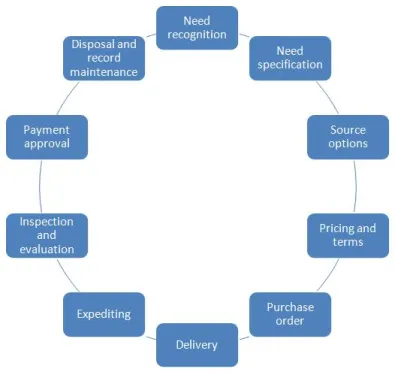The Role of Business Process Modeling in Digital Transformation
- donnariekepro
- Jun 14, 2024
- 3 min read
In the fast-paced world of digital transformation, businesses are continually seeking ways to improve efficiency, enhance customer experiences, and stay competitive. One of the fundamental tools that facilitate these objectives is Business Process Modeling (BPM). BPM plays a pivotal role in digital transformation by providing a structured approach to analyzing and improving business processes. This blog explores the crucial role of Business Process Modeling in driving digital transformation and how it can lead to a more agile and responsive organization.
Understanding Business Process Modeling
Business Process Modeling involves creating visual representations of a company's processes. These models, often depicted as flowcharts or diagrams, illustrate how tasks and activities are structured and how they interact within the organization. BPM helps in identifying inefficiencies, redundancies, and bottlenecks in existing processes, enabling businesses to re-engineer workflows for optimal performance.
Aligning Business and IT
One of the most significant benefits of BPM in digital transformation is its ability to align business objectives with IT initiatives. In many organizations, there is a disconnect between what the business aims to achieve and what the IT department delivers. BPM bridges this gap by providing a clear, visual representation of business processes that IT can use to develop digital solutions. This alignment ensures that technology implementations are directly linked to business goals, leading to more effective and impactful digital transformation efforts.
Enhancing Agility and Flexibility
In today's rapidly changing market environment, businesses need to be agile and responsive. BPM facilitates this by enabling organizations to quickly adapt their processes to changing market conditions, customer demands, and regulatory requirements. By modeling processes, businesses can simulate different scenarios and assess the impact of changes before implementation. This proactive approach allows companies to pivot quickly and efficiently, maintaining a competitive edge.
Improving Customer Experience
Digital transformation is often driven by the need to enhance customer experience. BPM plays a crucial role in this by ensuring that processes are designed with the customer in mind. By mapping out customer journeys and identifying touchpoints, businesses can streamline processes to reduce friction and improve satisfaction. For example, a bank might use BPM to redesign its loan approval process, making it faster and more transparent for customers. The result is a more seamless and satisfying customer experience, which is essential for retaining and attracting customers in the digital age.
Enabling Data-Driven Decision Making
Another key aspect of digital transformation is the ability to make data-driven decisions. BPM provides a framework for collecting and analyzing process data, giving businesses insights into their operations. By identifying key performance indicators (KPIs) and tracking them through process models, organizations can measure the effectiveness of their processes and identify areas for improvement. This data-driven approach ensures that decisions are based on empirical evidence rather than intuition, leading to more efficient and effective operations.
Facilitating Continuous Improvement
Digital transformation is not a one-time event but an ongoing process. BPM supports continuous improvement by providing a structured methodology for regularly reviewing and refining processes. By maintaining up-to-date process models, businesses can continuously monitor their operations and implement incremental improvements. This iterative approach ensures that processes remain aligned with business objectives and can evolve in response to changing conditions.
Case Study: BPM in Action
Consider a manufacturing company that implemented BPM as part of its digital transformation strategy. By modeling its production processes, the company identified several bottlenecks and inefficiencies. Through process re-engineering, it was able to streamline workflows, reduce production times, and lower costs. Additionally, by integrating BPM with its enterprise resource planning (ERP) system, the company gained real-time visibility into its operations, enabling more effective decision-making and a more responsive supply chain.
Conclusion
Business Process Modeling is a cornerstone of digital transformation, providing the tools and methodologies needed to analyze, improve, and align business processes with strategic objectives. By enhancing agility, improving customer experience, enabling data-driven decision-making, and facilitating continuous improvement, BPM empowers organizations to navigate the complexities of the digital age. As businesses continue to evolve, the role of BPM in digital transformation will only become more critical, ensuring that organizations can adapt, innovate, and thrive in an ever-changing landscape.
SITES WE SUPPORT
SOCIAL LINKS




Comments